AUGUSTA — School administrators, teachers and professional organizations have weighed in on the education funding in Gov. Paul LePage’s proposed budget.
On Friday, students led their own protest, at which they called for the state to meet the voter mandate of funding 55 percent of public education costs.
About 40 people, most of them students from Regional School Unit 2, marched around the State House, spoke with policymakers and sat in on an Education and Cultural Affairs Committee work session that covered several bills dealing with the 55 percent mandate.
Richmond High School senior Lauren Umberhind, a student representative to the RSU 2 school board, initiated the protest out of concern for the education that students such as her younger brother and sister will receive.
“The main goal is just to put a face to all the budget cuts, just to let the Legislature and let the governor know that we’re not a bunch of faceless kids,” she said. “We have a voice, and we should be heard.”
The students, who were out of school because of a staff work day, chanted, “Students care! Fund our schools!” and “Choose kids, not cuts!”
Like Umberhind, Monmouth Academy junior Dylan Thombs said he was motivated to help organize the protest by concern for younger siblings, especially considering the budget squeezes Monmouth schools already have felt.
“I have two brothers coming up through the system, and I don’t want them to go through the same budget cuts, or worse,” Thombs said. “We thought the budget cuts were bad for us, but if it’s any worse, it’s just going to go way downhill.”
Thombs said that when Monmouth Middle School Principal Steve Philbrook retires at the end of the year, he won’t be replaced. Instead, Monmouth Academy Principal Rick Amero and Cottrell Elementary School Principal Deborah Emery will share responsibility for the middle school.
Hall-Dale High School junior Kyrie Johnson said the world languages program at Hall-Dale schools is another example of deep cutting in RSU 2. Hallowell and Farmingdale volunteered to pay extra taxes to reverse cuts made by the RSU 2 school board to foreign-language instruction.
“All of our schools are such a family, and we have no room to cut anywhere because we’re all so connected, and we all need each other so much,” Johnson said.
The RSU 2 students were joined by parents, activists, Maine Education Association President Lois Kilby-Chesly and a trio of education students from the University of Maine at Farmington.
UMF senior Kylie Ferland, of Lewiston, said she attended the protest to speak on behalf of students who are too young to speak for themselves, such as her 12-year-old brother. She said he has special needs and needs to release energy in classes such as physical education and art, which are frequently targets of budget cuts.
“I am going to be a teacher, and I hear all the time about how our schools aren’t doing well, how they’re not making the grade,” Ferland said. “If you cut the funding, they’re going to continue to get worse and worse.”
LePage spokeswoman Adrienne Bennett said any assertion that the governor’s biennial budget cuts education funding is wrong. The budget essentially flat-funds education at $894 million in each of the next two years.
“That’s well above what (former Gov. John) Baldacci’s baseline was, and we don’t have the stimulus money that Baldacci had,” Bennett said. “(LePage) keeps plugging that hole because the federal funds aren’t coming in.”
Preliminary estimates of state support for local schools showed 158 of 230 school units having less state subsidy to work with next year after they pick up part of the teacher retirement costs now covered by the state, as proposed in the budget.
Department of Education spokesman David Connerty-Marin said LePage’s proposal covers 49.4 percent of public education costs, up 0.07 percent from this year but down 0.05 percent from 2011-12.
It would cost an additional $258 million over the two years of the budget to reach 55 percent, Connerty-Marin said.
The 49.4 percent includes about $185 million in teacher retirement and insurance costs paid by the state, which were not included in the calculation until 2011.
Not including the teacher and retirement costs, the state share peaked at 53.9 percent in 2006-07.
The education committee on Friday endorsed a bill excluding teacher retirement and insurance costs from calculation of the state share, and they rejected a bill to reduce the state commitment to 52 percent.
The committee also, however, rejected proposals to appropriate an additional $183 million for education in the two years of the budget and to incorporate the 55 percent mandate into the state constitution.
Susan McMillan — 621-5645
smcmillan@mainetoday.com
Send questions/comments to the editors.


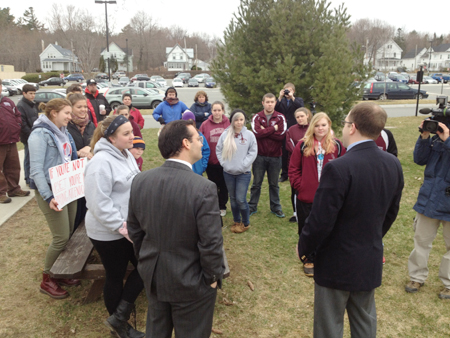
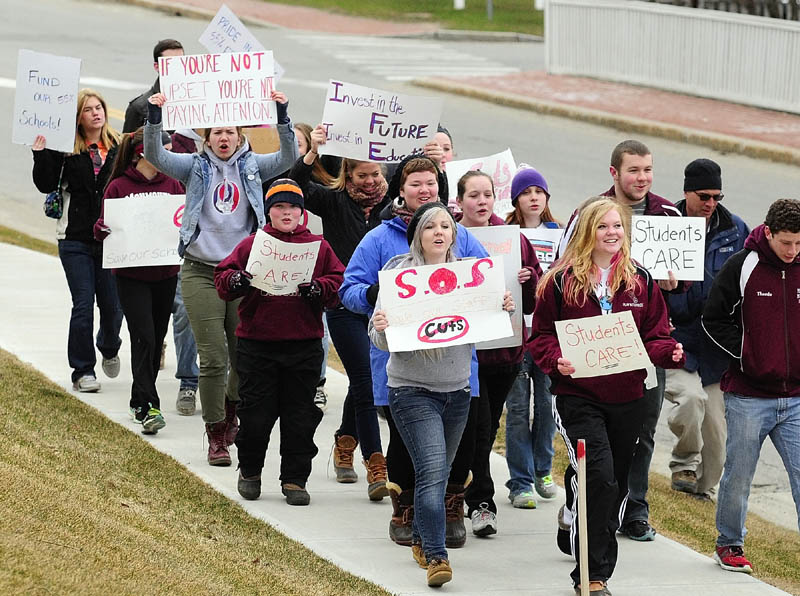
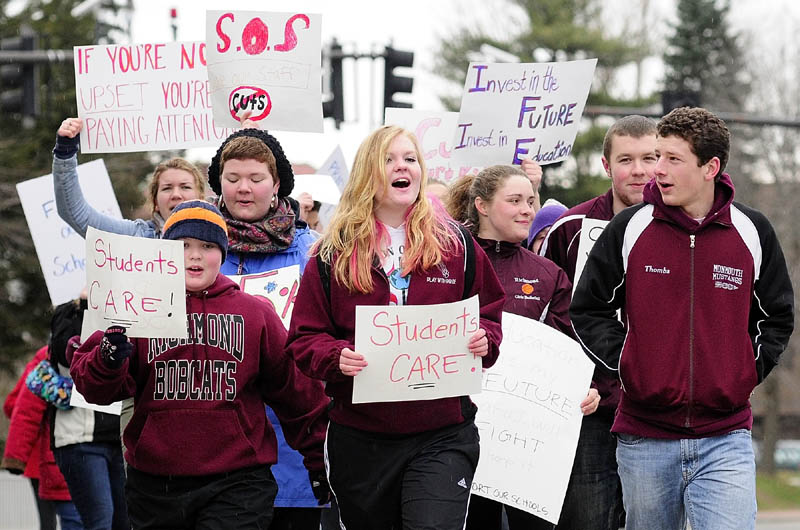
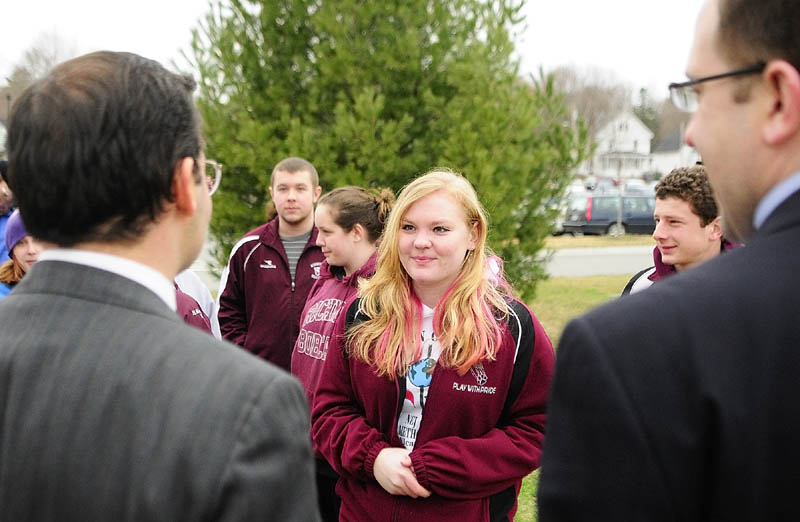
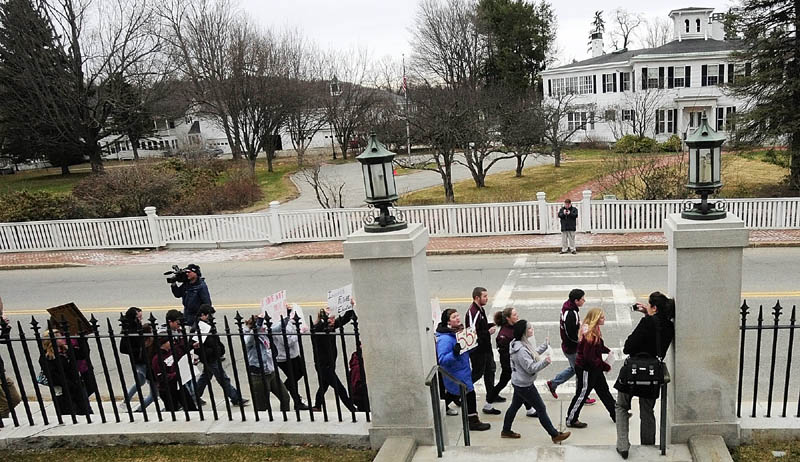

Comments are no longer available on this story